Sunscreen is the best barrier against damaging UV radiation. However, there are various myths and poor practices regarding sunscreen application that may jeopardize its effectiveness. Here are some interesting facts about sunscreen to help you protect your skin and make informed decisions:
Understanding the Difference Between Chemical and Physical Sunscreen:
Chemical sunscreens contain compounds that absorb ultraviolet (UV) radiation before they reach the skin’s deeper layers. These compounds absorb UV light and convert it into a less dangerous kind of energy, like heat. Chemical sunscreens commonly contain active chemicals such as avobenzone, oxybenzone, octocrylene, and homosalate.
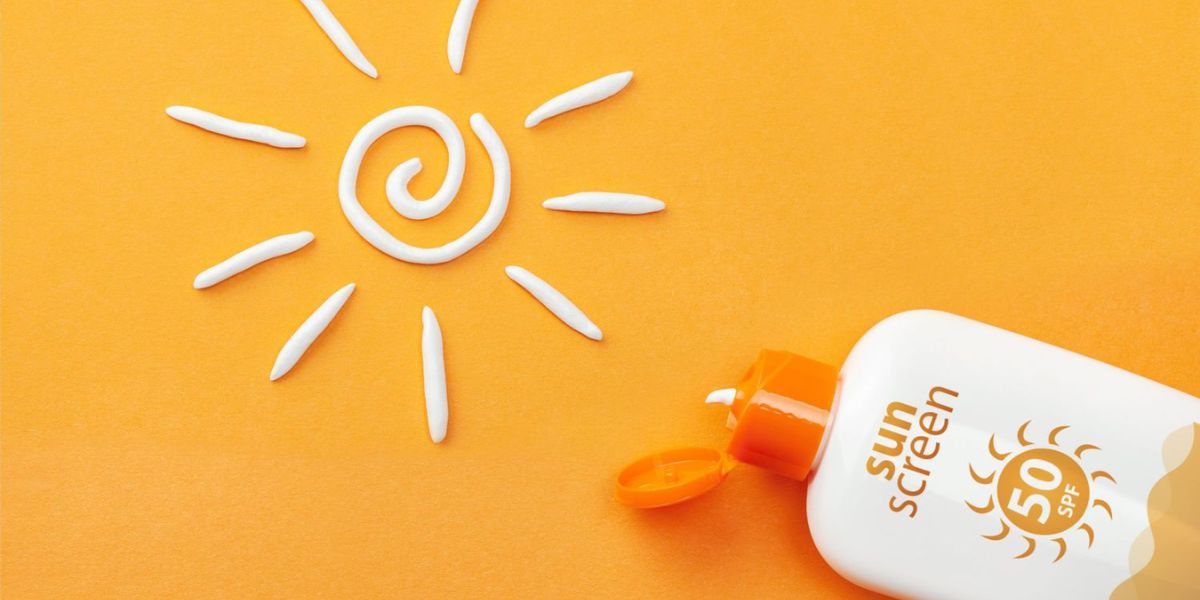
Physical sunscreen: Unlike chemical sunscreens, physical sunscreens (also known as mineral sunscreens) provide a physical barrier on the skin’s surface. They include active mineral components such as zinc oxide or titanium dioxide, which function as a shield, physically blocking and reflecting UV radiation away from the skin. Physical sunscreens scatter and reflect UV rays rather than absorbing it, thereby giving broad-spectrum protection.
So, the fundamental distinction between chemical and physical sunscreens is how they protect the skin from UV rays:
- Chemical sunscreens absorb ultraviolet radiation.
- Physical sunscreens reflect ultraviolet radiation.
Both types of sunscreen provide good sun protection, however, some people prefer one over the other due to skin sensitivity, environmental concerns, or personal preferences.
Choosing Mineral Sunscreens for Sensitive Skin
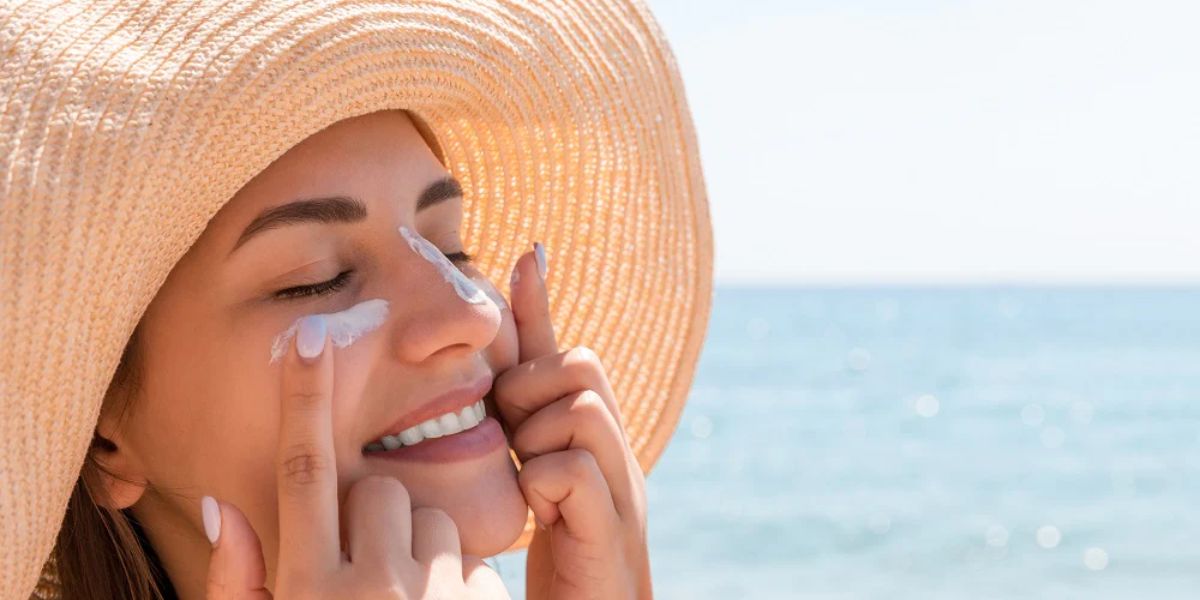
People with sensitive skin frequently have bad responses to numerous skincare products, including sunscreens. These reactions can cause redness, irritation, burning sensations, and even allergic responses. To reduce these concerns, physicians frequently recommend mineral sunscreens that contain active chemicals like as zinc oxide or titanium dioxide.
Mineral sunscreens, often known as physical sunscreens, contain natural minerals like zinc oxide or titanium dioxide. These minerals serve as physical barriers on the skin’s surface, deflecting and scattering harmful UV radiation away from it. This way of action is less likely to cause irritation than chemical sunscreens that absorb UV rays.
Zinc Oxide and Titanium Dioxide: These minerals are gentle and non-irritating, making them suitable for people who have sensitive skin. They offer broad-spectrum UVA and UVB protection without entering the skin or producing chemical reactions that may cause irritation.
Avoiding Chemical Irritants: Chemical sunscreens contain UV-absorbing chemicals such as avobenzone, oxybenzone, octocrylene, and homosalate. While these compounds work well for many people, they can irritate those with sensitive skin. Some people may develop allergic responses or sensitivities to certain chemical components, causing discomfort or skin flare-ups.
Choosing the Right Sunscreen: When choosing a sunscreen for sensitive skin, look for a mineral mix branded “broad-spectrum” to protect against both UVA and UVB radiation. Additionally, look for items labeled “fragrance-free” and “hypoallergenic” to reduce the chance of further aggravation.
Patch Testing: Before applying a new sunscreen to the face or body, people with sensitive skin should do a patch test. Apply a tiny amount of the product to a small area of skin, such as the inner forearm, and monitor for any adverse effects for 24 to 48 hours. If there is no irritation, the sunscreen can be safely applied to the remainder of the body.
Individuals with sensitive skin can get good sun protection without causing irritation or allergic reactions, thanks to mineral sunscreens containing zinc oxide or titanium dioxide. Always visit a dermatologist for tailored recommendations based on your individual skin conditions and sensitivities.
Understanding the “Broad Spectrum” Sunscreen
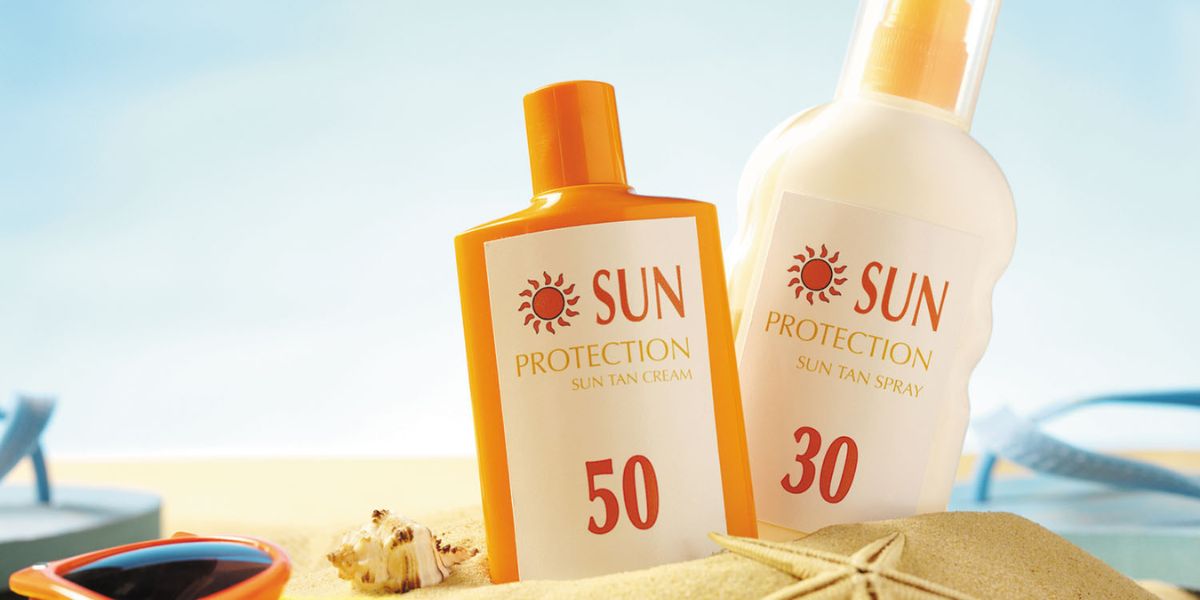
“Broad spectrum” sunscreen protects against both UVA and UVB radiation, which is essential for overall sun protection. UVA rays penetrate deeply, producing premature aging and an increased risk of skin cancer, whereas UVB rays predominantly produce sunburn.
Using broad-spectrum sunscreen protects your skin from both types of radiation, preventing sun-induced damage. Regulatory organizations mandate testing to confirm effectiveness before labeling as “broad spectrum.” When selecting sunscreen, prefer broad-spectrum alternatives with a high SPF for optimal protection against sunburn, premature aging, and skin cancer.
Proper Sunscreen Application for Effective UV Protection
Applying an adequate amount of sunscreen is essential for optimal UV protection. Insufficient application can lead to a reduced Sun Protection Factor (SPF), lowering the sunscreen’s effectiveness to protect against dangerous UV rays. To guarantee maximum protection, follow correct application standards, which normally call for a generous amount to completely cover exposed skin. Adequate sunscreen use helps prevent sunburn, premature aging, and skin cancer.
Maximizing sun protection with SPF 30 sunscreen
UVB rays cause sunburn, so sunscreen is essential for protection. Dermatologists prescribe SPF 30 sunscreen, which protects against 97% of UVB radiation. This degree of protection lowers the chance of sunburn and skin damage. SPF 30 provides effective UVB radiation protection, promotes skin health, and prevents sun-induced injury.
Dispelling the Myth: Sunscreen Use and Vitamin D Production
While sunscreens block UVB light, which is crucial for vitamin D production, studies have consistently found no link between sunscreen use and vitamin D deficiency. Despite UVB blockage, sunscreen users retain adequate vitamin D levels through diet and incidental sun exposure. This eliminates concerns about sunscreen’s effect on vitamin D levels, underlining its critical role in skin protection without jeopardizing overall health.

Understanding the risks of expired sunscreen
Expired sunscreen loses its ability to block UV rays, effectively becoming a moisturizer without sun protection. Using expired sunscreen raises the risk of sunburn and skin cancer since it does not protect against dangerous UV radiation. Always check expiration dates and replace expired sunscreen to guarantee proper sun protection and reduce the risk of skin damage from the sun.
Comprehensive Sun Protection Strategies
Dermatologists warn that sunscreen alone does not provide adequate sun protection. They advocate wearing sun-protective clothes and avoiding direct sun exposure during peak UV hours (10 a.m. to 4 p.m.). This multifaceted strategy reduces the danger of sun damage while also enhancing sunscreen’s effectiveness in protecting skin health from harmful UV radiation.
The Importance of Sunscreen for Cloudy Days
Despite cloud cover, sunscreen is still necessary because 80% of the sun’s UV radiation can penetrate clouds and reach the skin. Even on overcast days, UV light causes skin damage and raises the risk of sunburn and long-term skin problems. Consistent sunscreen application, regardless of weather conditions, is critical for maintaining skin health and reducing solar damage.
Combating Acne Breakouts: Selecting the Right Sunscreen
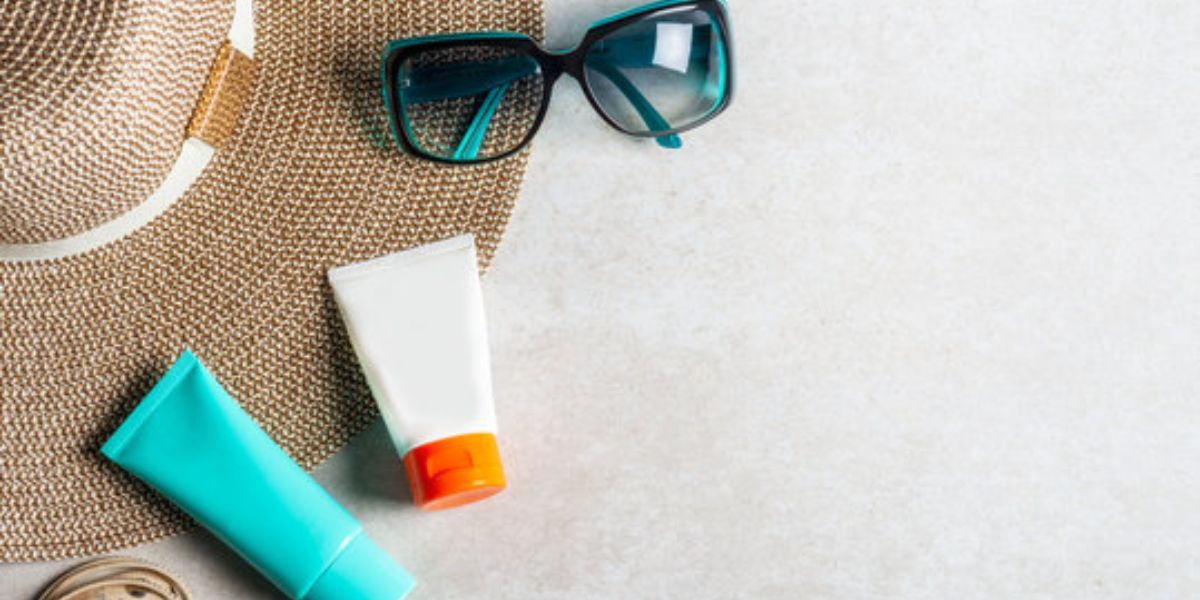
Oily Sunscreens and Acne Breakouts: Oily sunscreens, especially those containing heavy oils or emollients, can aggravate acne by clogging pores. When pores become clogged, it provides an ideal environment for acne-causing bacteria to thrive, resulting in outbreaks and inflammation. For acne-prone people, selecting the correct sunscreen is critical to maintaining healthy skin while also providing adequate sun protection.
Non-Comedogenic Sunscreens: These contain chemicals that are less prone to clog pores or aggravate acne. Non-comedogenic formulations typically contain key components such as zinc oxide and titanium dioxide. These mineral-based components rest on the skin’s surface, forming a protective barrier that reflects and scatters UV radiation while not penetrating or clogging pores.
Zinc Oxide and Titanium Dioxide have been shown to provide broad-spectrum UV protection. Furthermore, they have skin-calming properties, making them ideal for people with sensitive or acne-prone skin. These minerals are not irritants or sensitizers, thus they are suitable for most skin types.
Prioritizing Skin Health: People with acne-prone skin can get excellent sun protection without exacerbating their condition by using non-comedogenic sunscreens with zinc oxide and titanium dioxide. Prioritizing these substances promotes clear, healthy skin while lowering the risk of sunburn, premature aging, and skin cancer caused by UV exposure.
Positive Sunscreen Application Experience: Using non-comedogenic sunscreens designed for acne-prone skin not only provides efficient sun protection, but it also encourages a pleasant skincare experience. These formulations enable people to reap the benefits of sunscreen application without worrying about pore congestion or acne flare-ups.
The role of avobenzone
Avobenzone, a common sunscreen ingredient, can cause eye discomfort. This chemical absorbs UV radiation and converts them to heat, which is less damaging to the skin. However, its proximity to the eyes may cause pain in certain people. When choosing sunscreen, look for alternatives or products designated as eye-friendly to reduce discomfort while still providing adequate UV protection.
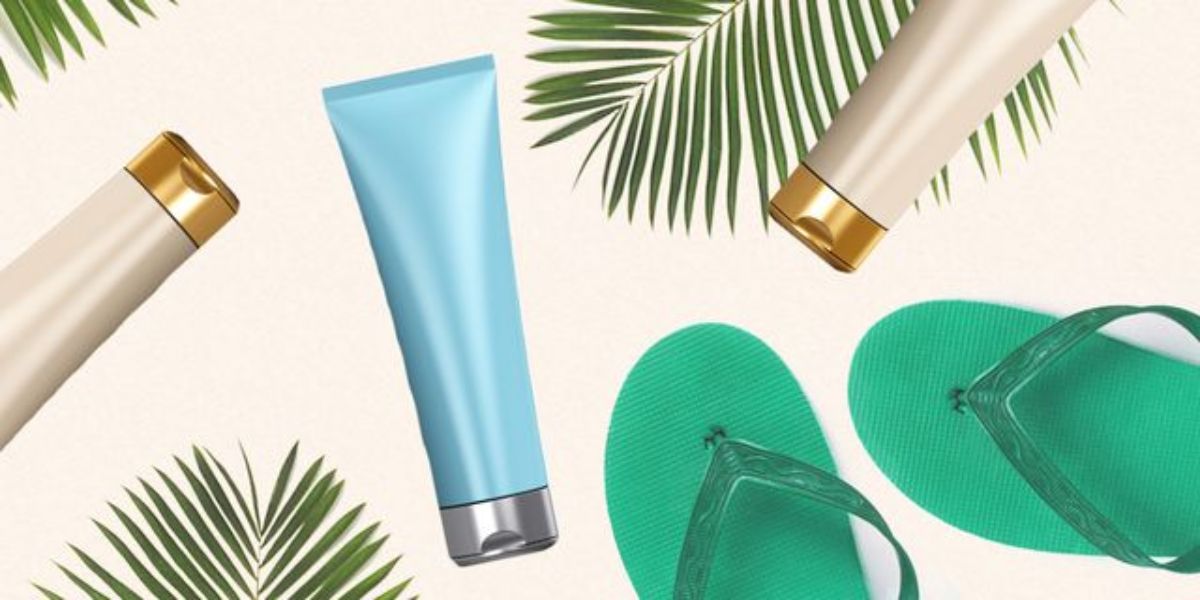
Dual Action Sun Protection: Retinol-infused Sunscreens
Retinol-enriched sunscreens provide two benefits: they protect the skin from UV rays while also fighting wrinkles. Retinol, known for its anti-aging qualities, reduces the appearance of wrinkles and fine lines while also offering sun protection. By combining retinol with sunscreen, these products provide comprehensive skin care, protecting against UV damage and encouraging youthful skin. Regular use can help preserve skin health and vitality, making retinol-infused sunscreens an important part of skincare regimes.
The Shot Glass Rule: Proper Sunscreen Application
According to the Shot Glass Rule, apply sunscreen in the amount of a full shot glass, which is approximately one ounce (29.6 milliliters). This guideline offers proper coverage for exposed skin, hence increasing sun protection effectiveness. Applying the appropriate amount evenly to all exposed regions, including the face, neck, arms, and legs, provides complete protection against dangerous UV rays. Adhering to the Shot Glass Rule encourages frequent and adequate sunscreen application, which is critical for skin health and lowering the risk of sunburn and long-term solar damage.
The Importance of Sunscreen Reapplication
Sunscreen effectiveness decreases with time, necessitating reapplication every two hours. External variables like as perspiration, swimming, and towel-drying might further impair its effectiveness, necessitating regular reapplication for long-term UV protection.
Reapplying sunscreen on a regular basis ensures that it remains effective, providing continual protection against sunburn and long-term skin damage. Adhering to the suggested reapplication interval improves sun protection, promotes skin health, and lowers the risk of sun-related problems.
Maximizing sun protection: reapplying water-resistant sunscreen.

Sweat and water-resistant sunscreens provide greater longevity, but sweating or swimming might reduce their effectiveness over time. As a result, even if the sunscreen is listed as water-resistant, reapply it after sweating or swimming.
This method provides continuous protection from dangerous UV rays, lowering the risk of sunburn and skin damage, particularly during outdoor activities such as beach vacations. In such cases, prioritizing regular sunscreen reapplication ensures optimal UV protection while also protecting skin health in tough situations.
Sun Protection Beyond Clothing: The Importance of Underlying Sunscreen
Certain materials, such as cotton and linen, have little ultraviolet protection, which may allow UV radiation to enter and reach the skin. Consider wearing sunscreen underneath your clothes for added UV protection. Fabrics having a low ultraviolet protection factor (UPF), such as cotton and linen, may not effectively block UV radiation.
In contrast, materials such as polyester and wool provide superior UV protection. Combining sunscreen application with suitable clothing selections creates a comprehensive barrier against UV damage, reducing the risk of sunburn and skin disorders.
Tips for Using Mineral Sunscreen
Chemical sunscreens are less likely to leave a white cast on the skin than mineral sunscreens. However, if using a mineral sunscreen, reduce the white cast by tapping or pressing it onto your face and allowing it to settle. This procedure distributes the sunscreen more evenly and reduces the visibility of any residue. Individuals who follow these methods can benefit from mineral sunscreen’s sun protection benefits while minimizing cosmetic problems.
Sunscreen and infants
Dermatologists advise against applying sunscreen on infants under six months old since their skin is still growing and extremely sensitive. Instead, it is best to keep newborns in shaded settings, wear protective clothes, and avoid peak sunlight hours. Infants’ skin lacks the maturity and thickness required to accept sunscreen chemicals, which raises the risk of irritation or severe reactions. Prioritizing sun avoidance techniques protects infants’ skin health throughout this key developing time.
Tips for Safely Applying Spray Sunscreen to the Face
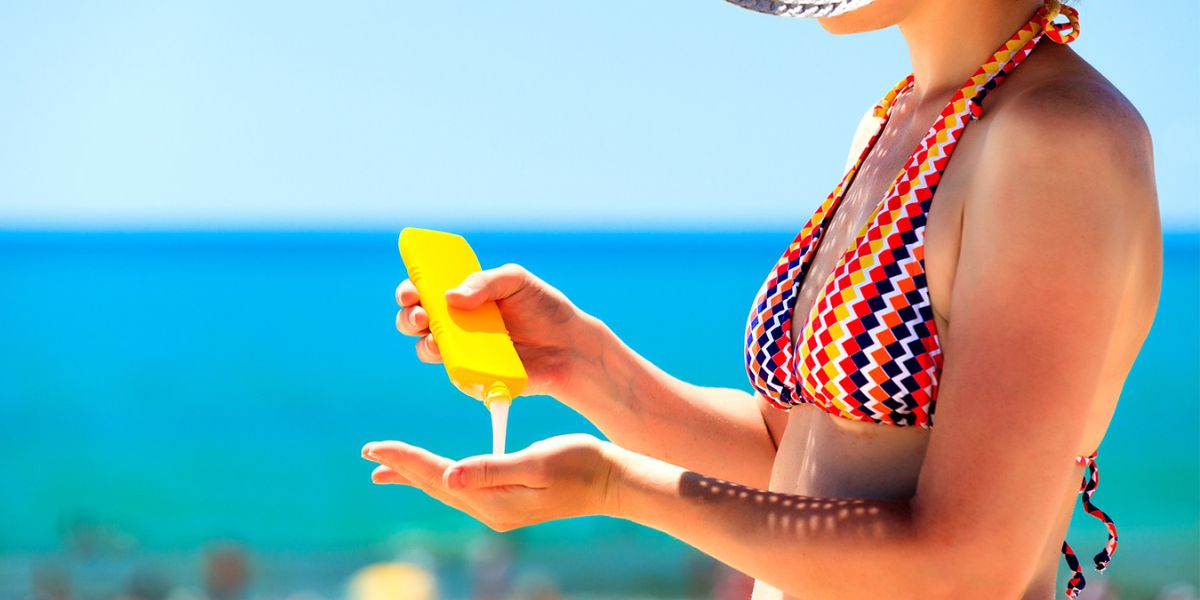
To avoid discomfort to the eyes and lungs, spray sunscreen onto your hands rather than your face. Spraying sunscreen on your hands provides better control and prevents inadvertent intake. After spraying the sunscreen on your hands, apply it gently to your face, maintaining even coverage and avoiding contact with your eyes and lips. This procedure reduces the danger of irritation or pain while providing safe and effective sunscreen application for the face.
Ordering sunscreen applications based on product type.
To ensure effective absorption, apply chemical sunscreens before moisturizer. Physical sunscreens, on the other hand, should be applied after moisturizer to ensure that they sit atop the skin and provide optimal protection. This personalized strategy improves sunscreen efficacy, whether it is based on skin absorption or surface barrier creation. Individuals can maximize sun protection while keeping the integrity of their skincare practice by applying products in the suggested order.
Conclusion
By being aware of these facts and practicing healthy sunscreen habits, you can effectively protect your skin from the sun’s harmful rays while also preserving its health and vitality for years to come. Remember that sunscreen isn’t only for beach days; it’s a daily necessity for skin health and protection.










